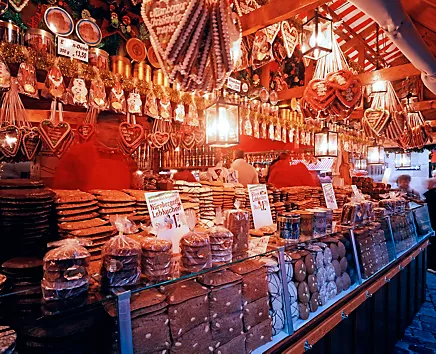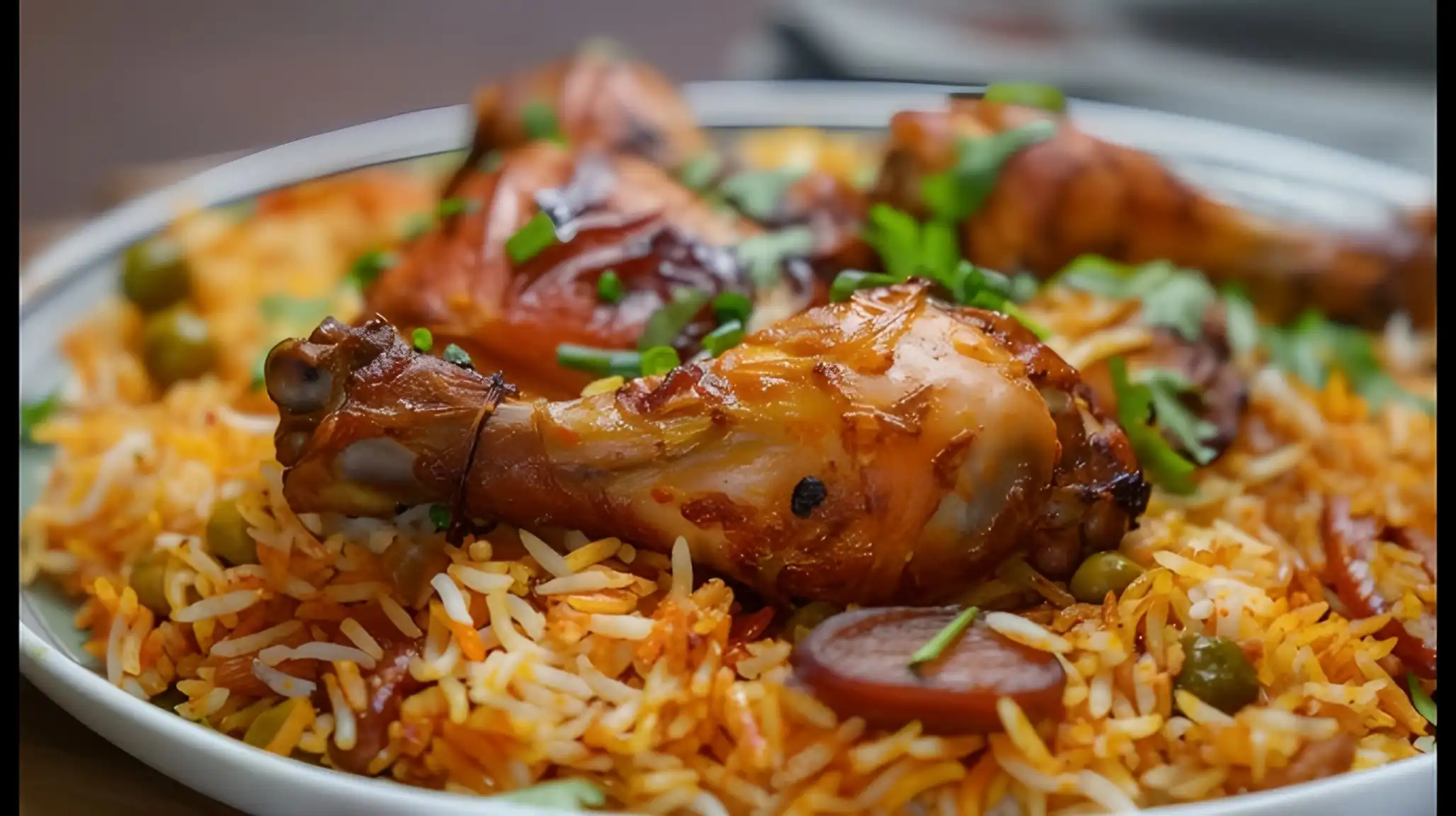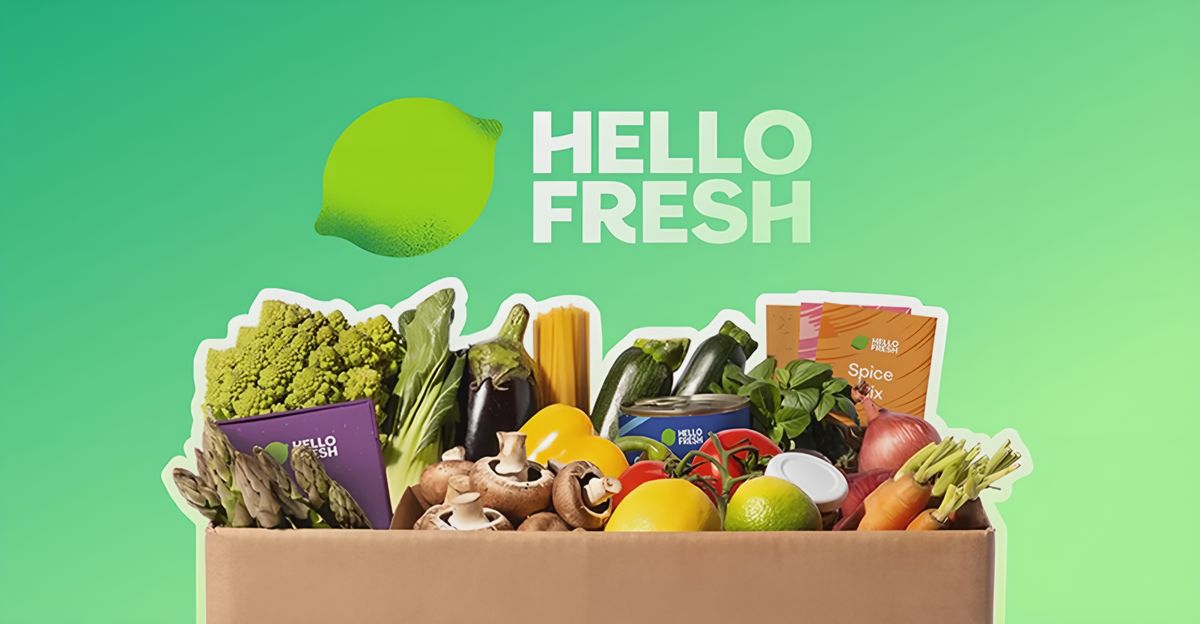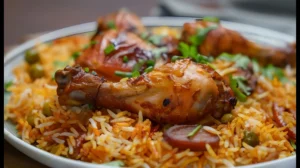The Nuremberg Christmas Market: A Magical Winter Tradition
As the chill of winter descends upon Europe, few places embrace the festive spirit quite like the Nuremberg Christmas Market. Nestled in the historic heart of Bavaria, Germany, this world-renowned market, known locally as the Christkindlesmarkt, has been a symbol of Christmas cheer for centuries. With its centuries-old traditions, charming wooden stalls, and tantalising aromas, the Nuremberg Christmas Market remains one of the most iconic holiday destinations, attracting visitors from across the globe.
A Rich History
The Nuremberg Christmas Market is not just a holiday spectacle; it is a deeply rooted tradition. Its origins date back to the early 16th century, making it one of the oldest Christmas markets in Europe. The first documented mention of the market was in 1628, though it is believed to have been established much earlier. Over the years, it has maintained much of its traditional charm, resisting the modernisation that has altered many other European markets.
The market was originally intended as a place for local artisans and craftsmen to sell their goods in the lead-up to Christmas. While it has since grown into a major tourist attraction, it remains true to its roots, with a strong emphasis on handcrafted items and local Bavarian specialities. Today, it serves not only as a place to purchase unique gifts but also as a celebration of German culture and Christmas traditions.
The Christkind: A Beloved Symbol
One of the most distinctive features of the Nuremberg Christmas Market is the Christkind, a young woman chosen to embody the traditional Christmas angel. Dressed in a golden crown and flowing white robes, the Christkind symbolises the spirit of Christmas and serves as the market’s official ambassador.
Each year, a new Christkind is chosen through a rigorous selection process, and her role is central to the festivities. The market’s grand opening is marked by the Christkind’s prologue, a moving speech delivered from the balcony of the Church of Our Lady, or Frauenkirche, in the main square. As she recites her lines, she welcomes visitors and sets the tone for the holiday season. This moment, steeped in tradition, draws huge crowds and kicks off the market with a sense of warmth and nostalgia.
A Feast for the Senses
Walking through the market, one is immediately struck by the sensory delights on offer. Rows of over 180 wooden stalls, each adorned with festive lights and decorations, create a magical atmosphere that seems to transport visitors to a different era. The stalls are typically decorated in a uniform style, with red-and-white striped canopies, ensuring that the market maintains its old-world charm.
The aromas that fill the air are irresistible. The smell of roasting chestnuts mingles with the sweet scent of spiced gingerbread, or Lebkuchen, a local Nuremberg speciality. Dating back to medieval times, Lebkuchen is a traditional German Christmas treat, made with honey, nuts, and an array of spices such as cinnamon, cloves, and anise. It is sold in many forms, from intricately decorated hearts to more simple rounds, and is a must-try for any visitor.
Alongside the sweet treats, savoury delights abound. Nürnberger Rostbratwurst, small grilled sausages that are famous in the region, are served in a crispy roll with a dollop of mustard. These sausages, which are typically no more than 9 cm in length, are known for their unique blend of marjoram and spices, giving them a distinctive flavour. To accompany this, visitors often enjoy a steaming mug of Glühwein, a traditional mulled wine made with red wine, cinnamon, cloves, and citrus. For those seeking a non-alcoholic alternative, Kinderpunsch, a spiced fruit punch, is also widely available.
Beyond food and drink, the market is a treasure trove of handmade crafts. From intricate glass ornaments and wooden toys to nativity scenes and beeswax candles, there is a wide range of traditional gifts on offer. Many of the items are crafted by local artisans, ensuring that the market retains its authentic Bavarian character.
A Focus on Tradition
While many Christmas markets have become more commercialised in recent years, the Nuremberg Christkindlesmarkt has remained committed to preserving its traditions. Modern commercial stalls and flashy products are strictly limited, with the focus remaining firmly on high-quality, handcrafted goods. This dedication to tradition is part of what sets the Nuremberg market apart and gives it a unique charm that visitors return to year after year.
The market’s layout also reflects its traditional roots. The stalls are arranged around the main square, with the towering Frauenkirche providing a stunning backdrop. The church, built in the 14th century, adds to the sense of history that permeates the market. In front of the church stands a large, beautifully decorated Christmas tree, another symbol of the festive season.
The Kinderweihnacht: A Child’s Delight
For younger visitors, the Kinderweihnacht – a children’s Christmas market – is a highlight. Located just a short walk from the main market, the Kinderweihnacht is designed with families in mind, offering a range of activities and attractions aimed at children. Traditional carousel rides, a mini Ferris wheel, and a steam train provide hours of entertainment, while the stalls sell toys, sweets, and child-friendly gifts.
One of the most popular activities at the Kinderweihnacht is the opportunity for children to decorate their own gingerbread or take part in festive crafts, such as making candles or painting ornaments. This interactive element ensures that children are fully immersed in the holiday spirit, making the market a magical experience for families.
The Sister City Market
Another unique aspect of the Nuremberg Christmas Market is the Sister City Market, or Partnerstadtmarkt, which features stalls from Nuremberg’s sister cities around the world. This part of the market offers a more international flavour, with goods and delicacies from cities as diverse as Glasgow, Venice, and San Carlos in Nicaragua. Visitors can sample international Christmas treats and purchase gifts that reflect the traditions of these partner cities, adding an extra layer of cultural exchange to the market experience.
Visiting the Market
The Nuremberg Christmas Market typically runs from late November to Christmas Eve, with the grand opening taking place on the Friday before the first Sunday of Advent. The market is open daily, with extended evening hours allowing visitors to soak up the festive atmosphere under the glow of twinkling lights.
While the market itself is the main draw, Nuremberg offers plenty of other attractions for visitors. The city’s medieval architecture, including the imposing Kaiserburg Castle and the charming Weißgerbergasse with its half-timbered houses, provides a picturesque setting for a winter visit. The city’s many museums, including the Germanic National Museum and the Toy Museum, are also worth exploring.
For those planning a trip, it’s worth noting that the market can get extremely busy, particularly on weekends and in the evenings. To avoid the largest crowds, consider visiting on a weekday or earlier in the day.
Conclusion
The Nuremberg Christmas Market is more than just a place to shop for holiday gifts; it is a celebration of tradition, craftsmanship, and festive cheer. Its historic charm, combined with the enchanting atmosphere and the delicious array of food and drink, makes it a must-visit destination for anyone seeking an authentic and magical Christmas experience. Whether you are marvelling at the Christkind’s prologue, indulging in a warm Lebkuchen, or browsing the beautifully handcrafted ornaments, the market offers a festive experience that captures the very essence of Christmas.













